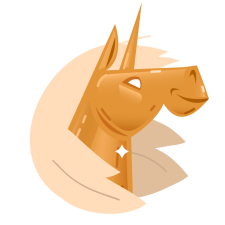Install Steam
login
|
language
简体中文 (Simplified Chinese)
繁體中文 (Traditional Chinese)
日本語 (Japanese)
한국어 (Korean)
ไทย (Thai)
Български (Bulgarian)
Čeština (Czech)
Dansk (Danish)
Deutsch (German)
Español - España (Spanish - Spain)
Español - Latinoamérica (Spanish - Latin America)
Ελληνικά (Greek)
Français (French)
Italiano (Italian)
Bahasa Indonesia (Indonesian)
Magyar (Hungarian)
Nederlands (Dutch)
Norsk (Norwegian)
Polski (Polish)
Português (Portuguese - Portugal)
Português - Brasil (Portuguese - Brazil)
Română (Romanian)
Русский (Russian)
Suomi (Finnish)
Svenska (Swedish)
Türkçe (Turkish)
Tiếng Việt (Vietnamese)
Українська (Ukrainian)
Report a translation problem

























Thank you for explaining this in a comprehensive manner and considerably better than any of the math teachers I've had
I love to figure out the solutions but your way to expose it is great. Thanks a lot for share it. We backward players are very grateful for this.
Maybe they would come up with their own way of writting untamperable numbers as well, though, just like how we can spell the number out in English, or write in "capital Chinese number" in Chinese.
The self correction actually means only the amount of strokes are important, the direction it's written isn't. Therefore however you connect the strokes, the number should be "valid". (Also, 4=0.)
However, I can still see why writting the numbers correctly can be important. Supposedly you come across a number but you have no idea which orientation it's written, maybe it's on a rock or something, if the number is written in the correct way you can rotate it until it looks "correct".